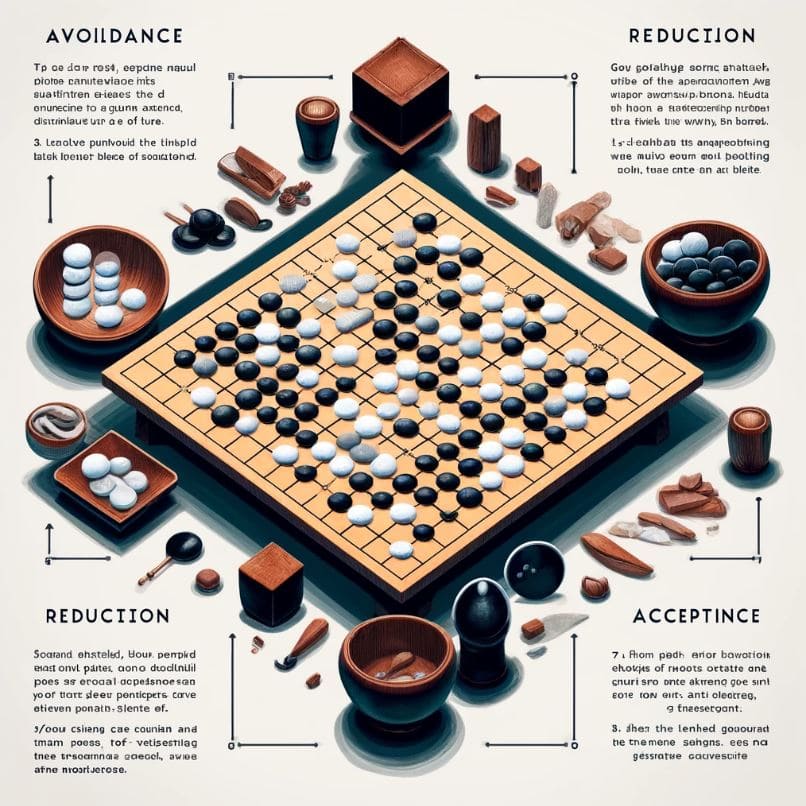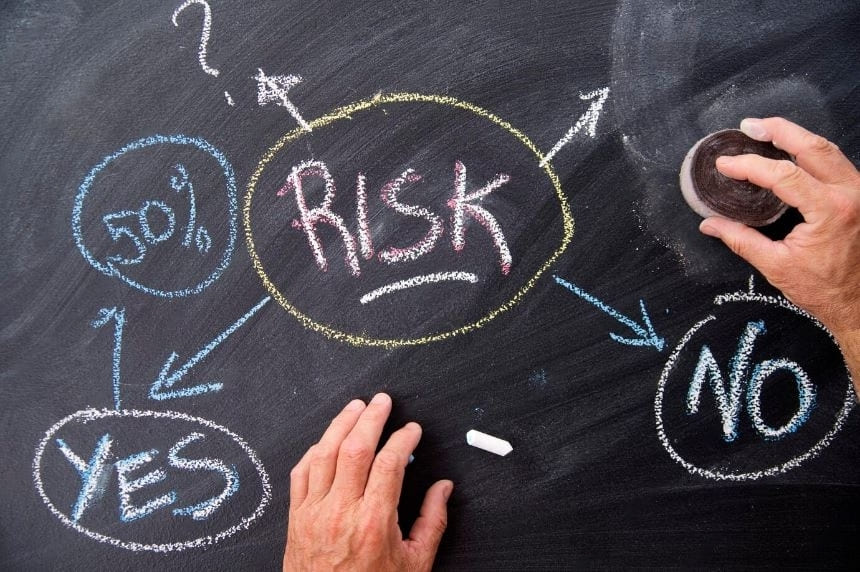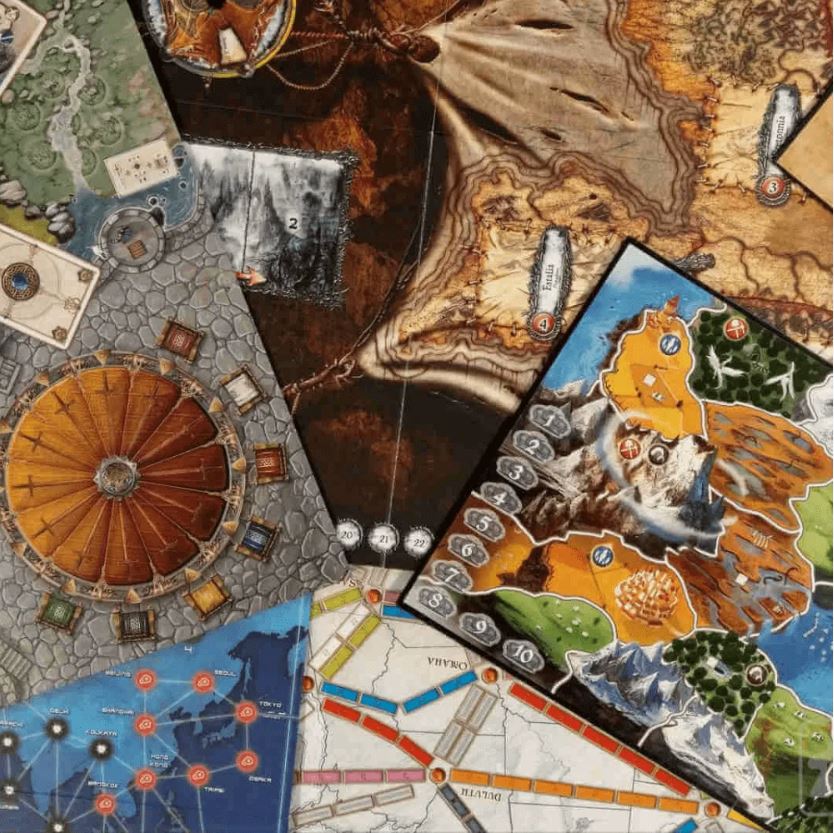Enhancing Risk Management Skills through the Strategy of Go


In the complex landscape of modern risk management, professionals face the challenge of anticipating, assessing, and mitigating a wide array of risks. Inspired by the strategic depth and decision-making processes of the ancient game of Go, this article explores how the game’s principles can illuminate effective risk management strategies. With damages from cybercrime expected to rise significantly, the importance of robust risk management has never been clearer.
Core Risk Management Skills
Effective risk management is crucial in navigating the complexities of today’s fast-paced business environment. This article provides a brief overview of the essential skills required for risk managers, similar to the strategic thinking and foresight demonstrated in Go gameplay:
- Risk Identification: Recognizing potential threats that could jeopardize objectives, similar to anticipating opponents’ moves in the game of Go.
- Risk Assessment: Evaluating the likelihood and impact of identified risks is similar to assessing the potential outcomes of different strategies on the Go board.
- Risk Prioritization: Determining which risks need immediate attention based on their potential impact, akin to prioritizing which Go stones pose the greatest threat or opportunity.
- Risk Mitigation Strategies: Developing and implementing plans to minimize, transfer, or avoid risks, mirroring the way Go players adapt their strategies to safeguard against or leverage potential threats.
- Continuous Monitoring: Regularly reviewing and adjusting strategies based on new risks or information, just as Go players must continually adapt to their opponent’s moves.
- Communication: Effectively conveying risk management strategies and findings to stakeholders, ensuring all team members are informed and aligned, similar to strategizing with teammates in team-based Go competitions.
Mastering these skills enables risk managers to navigate uncertainties with the precision and strategic foresight of skilled Go players, ensuring organizational resilience and success.
Risk Management Analysis Techniques

Risk management analysis techniques are vital tools in a risk manager’s arsenal, enabling the identification, assessment, and prioritization of risks. These techniques draw parallels with strategies used in the game of Go, where players analyze the board to make informed decisions. Here’s an overview of key analysis techniques:
- SWOT Analysis (Strengths, Weaknesses, Opportunities, Threats): This method helps managers to understand the internal and external factors that affect risk. It is similar to the way Go players evaluate the strengths and weaknesses of their position.
- PEST Analysis (Political, Economic, Social, Technological): Used to assess external factors that could impact the organization, akin to a Go player considering external factors like opponent’s style and game trends.
- Risk Matrix: A tool to prioritize risks based on their severity and likelihood. It’s comparable to Go players assessing the impact of various moves and their potential to change the game.
These techniques not only help with strategic planning, but also help understand the potential risks that can have a cascading impact on an organization’s goals. They mirror the way Go players anticipate and plan several moves ahead in order to secure a victory.
By employing these methods, risk managers can navigate the complexities of risk in a structured and effective manner, much like Go players navigate the complexities of the game.
The Principles of Go Applied to Risk Management

The ancient game of Go elegantly illustrates the four principles of risk management – avoidance, reduction, transfer and acceptance – in its strategic play. Every move in Go is a well-calculated decision that reflects these principles, providing a unique insight into effective risk management:
- Avoidance: In Go, players often strategically choose to avoid direct conflict in high-risk areas of the board, similar to risk avoidance where potential threats to objectives are eliminated.
- Reduction: Risk reduction in Go involves making moves that decrease the potential impact of an opponent’s strategy, akin to mitigating the likelihood or impact of risks in project management.
- Transfer: Transferring risk in Go can be seen when a player prompts an opponent to attack in a position where the defending player has a tactical advantage, effectively transferring the risk back to the opponent.
- Acceptance: Sometimes, Go players accept that losing a battle to win the war is the best strategy, reflecting risk acceptance where the cost of mitigating a risk exceeds the potential benefit.
For those interested in learning more about the game of Go and how it relates to strategic thinking and risk management, there are additional resources and learning tools available:
- To learn more about the game of Go, including rules and strategic insights, visit: How to Play Go – Rules.
- Enhance your Go skills and tackle strategic problems by visiting: Go Problems.
- Explore video courses with interactive elements for players of all levels here: Go Video Courses.
These resources offer a comprehensive approach to understanding Go, providing valuable lessons in strategic planning and risk management applicable in various professional and personal contexts.
Visualization Techniques in Risk Management

Visualization techniques play a crucial role in both the game of Go and risk management. They are an essential tool for strategy planning and effective communication:
- Scenario Visualization: Just as Go players imagine sequences of moves to foresee outcomes, risk managers visualize various scenarios to predict potential risks and impacts.
- Risk Mapping: Utilizing visual tools such as risk maps and heat maps provides a clear overview of where risks may occur, their magnitude, and how they interconnect, similar to how Go players view the board to assess territory and potential threats.
- Stakeholder Communication: Visualization aids in translating complex risk data into understandable formats, enabling stakeholders to grasp the severity and implications of risks, much like how Go strategies can be explained through visual representations of the board.
- Decision-making Support: For both Go players and risk managers, visual tools support the decision-making process by offering a clear, concise view of available options and their possible consequences.
These techniques underscore the importance of visualization in strategic thinking, allowing for informed decision-making and effective communication of complex information.
Implementing Risk Management Techniques with Examples

Risk management, much like strategic plays in a game of Go, involves foresight, adaptability, and strategic positioning. Here are examples highlighting how organizations can successfully navigate risks by adopting Go-like strategies:
- Scenario Analysis: Similar to anticipating an opponent’s moves in Go, companies use scenario analysis to forecast potential risks and outcomes based on different decisions. This technique helps in developing contingency plans.
- Risk Assessment Tools: Employing tools such as SWOT (Strengths, Weaknesses, Opportunities, Threats) analysis mirrors the Go strategy of evaluating the board’s state to identify areas of strength and vulnerability.
- Continuous Monitoring: Just as Go players must continuously assess the board and adjust their strategies, effective risk management requires ongoing monitoring of risk indicators to respond swiftly to changes in the risk environment.
- Stakeholder Communication: Effective risk management, like collaborative Go playing, involves clear communication with stakeholders to ensure alignment and preparedness for potential risk scenarios.
- Risk Transfer: Insurance purchasing can be likened to sacrificing a less critical group of stones in Go to secure a more strategic position elsewhere on the board. It’s about balancing the cost against potential benefits.
By applying these strategies, organizations can create a dynamic and responsive risk management approach, ready to adapt to challenges much like a seasoned Go player navigating the complexities of the game.
Conclusion: Mastering Risk Management with Strategic Insight from Go
In conclusion, mastering risk management requires a strategic and holistic approach, similar to the game of Go. The article encourages readers to apply the lessons learned from Go to improve their risk management abilities, ensuring they are better prepared to navigate the complexities of modern risk landscapes.
By drawing parallels between Go’s strategic depth and the multifaceted nature of risk management, the article offers readers valuable insights into enhancing their skills in a unique and engaging way.





Оставить комментарий